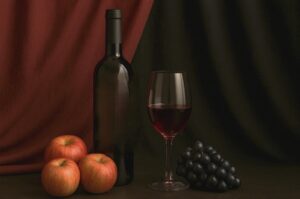A Beginner’s Guide for Wine Lovers
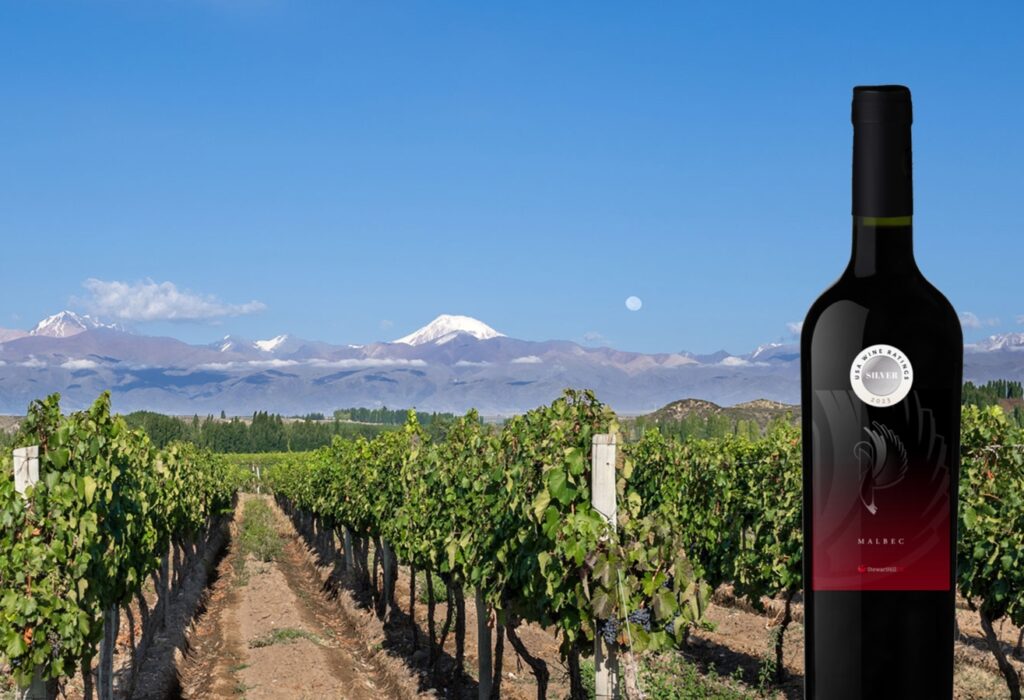
The glamour of wine goes beyond the simple act of drinking. It is part of a fascinating world that combines art, science, culture and history.
Today we can learn about the magic behind wine. We embark on a journey into the vineyards, the winemaking process, the geography. The myriad nuances that make each bottle unique.
The Vineyard: Where It All Begins
The magic of wine starts in the vineyard. Here, the grapes take centre stage. Different grape varieties possess distinct flavours, aromas, and characteristics. Varietals like Cabernet Sauvignon, Chardonnay, and Grenache each tell a unique story through their grapes. The terroir, a term encompassing the soil, climate and geography of the vineyard, is important in grape development. It roots the wine and creates the first layer of magic in a bottle.
The Art of Winemaking and the Magic of Grapes
The winemaking process is where science and art converge. Grapes are harvested, crushed, and fermented to create the base wine. Winemakers make critical decisions during fermentation, affecting the final product’s taste, colour and aroma. Red wines’ rich shade comes from the grape skins, while white wines are often pressed immediately, resulting in their lighter colour.
The ageing process is where the alchemy truly begins. Wines are aged in a variety of vessels from Oak barrels to stainless steel tanks. Oak adds notes of vanilla and spice, while stainless steel preserves the fruit’s purity. Choosing which vessel imparts distinct flavours, further influencing the wine’s character.
The Power of Time
Time is vital in winemaking. The magic of wine lies in its ability to evolve and improve over time. Ageing mellows tannins in red wines, allowing complex flavours to emerge. White wines can also benefit from ageing, as they develop more nuanced aromas and flavours. It is through the passage of time that a wine’s true potential is unlocked.
The Geography of Wine
Wine is a reflection of its geographic origins. Different wine regions around the world offer unique characteristics that influence the wine produced. From the Old World vineyards of France, Italy, and Spain to the New World wineries in the United States, Australia, and Chile, each region brings its own distinct terroir, grape varieties, and winemaking traditions to the table.
Tasting the Magic
Tasting wine is an art in itself. Swirling the wine in a glass releases its aromas, which are integral to the tasting experience. When sipping wine, take note of its body, acidity, sweetness, and tannins. The combination of these elements forms the wine’s structure and mouthfeel. Additionally, the flavour profile may encompass fruity, floral, earthy, or spicy notes. As wine enthusiasts explore various bottles, they will uncover their own preferences and develop a deeper appreciation for the magic each one holds.
The Social and Cultural Element 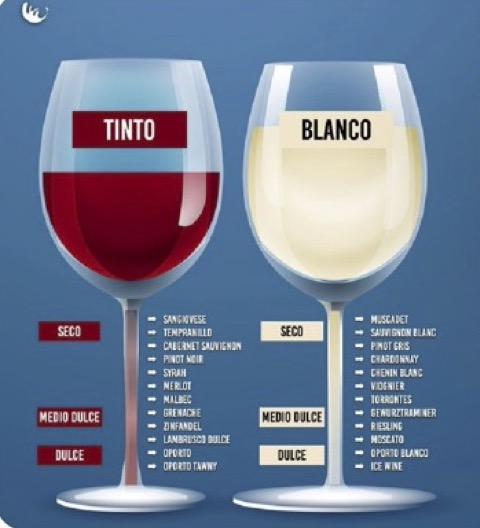
Wine is more than just a beverage we know it as a symbol of celebration and togetherness. Throughout history, wine is a part of ceremonies, rituals, and social gatherings. Sharing a bottle of wine is an act of communion, and the cultural significance of wine enhances its allure.
Grape Varieties and Wine Types
The magic of wine is conjured by the vast array of grape varieties and the multitude of wine types they produce. Each grape type carries its unique characteristics, and winemakers, with their expertise, transform these grapes into a diverse range of wines.
Let’s explore some of the most renowned grape varieties and the wine types they give birth to:
White Pepper to Tropical Peach

- Chardonnay: One of the world’s most popular white grape varieties. It’s known for its versatility and the ability to adapt to various winemaking techniques. Depending on the region and winemaking style, Chardonnay can produce crisp, unoaked wines with notes of green apple and citrus or rich, oaked wines with buttery, vanilla, and tropical fruit flavours.
- Sauvignon Blanc: Celebrated for its vibrant acidity and distinctive herbaceous and citrusy aromas. This grape thrives in regions like New Zealand and the Loire Valley, where it produces zesty and refreshing wines with notes of green bell pepper, gooseberry, and grapefruit.
- Riesling: Known for its ability to reflect its terroir and produce a wide range of sweet to bone-dry white wines. With aromas of honey, citrus, and floral notes, Riesling is a German specialty and an excellent choice for those who appreciate a spectrum of sweetness levels.
Red from Floral to Blackcurrant
- Cabernet Sauvignon: One of the world’s most recognised red grape varieties. It’s the primary grape in Bordeaux blends and stands alone producing bold, full-bodied red wines with blackcurrant, plum, and cedar notes. It is referred to as the “King of Grapes.”
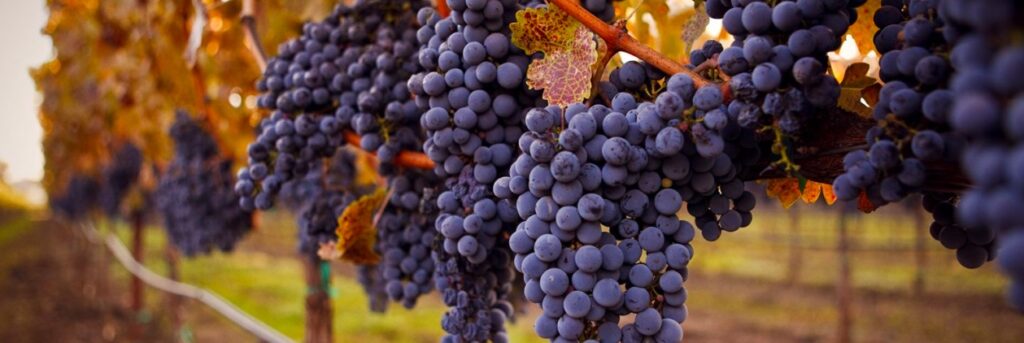
- Pinot Noir: A grape known for its elegance and subtlety. It thrives in regions like Burgundy and Oregon, producing delicate flavours of red berries, floral notes, and a unique earthiness. Pinot Noir is often considered the most temperamental grape but can yield incredibly rewarding results.
- Merlot: A grape that contributes to softer, more approachable red wines. It’s characterised by plum, cherry, and herbal notes. Merlot is often used in Bordeaux blends and is popular for its fruit-forward profile.
- Syrah/Shiraz: Known as Syrah in France and Shiraz in Australia, this grape produces rich and full-bodied red wines. Depending on the region, it can offer flavours ranging from blackberry, pepper, and licorice (Syrah) to black fruit, spice, and chocolate (Shiraz).
- Zinfandel: Known for its bold and spicy character, often associated with California. It yields red wines with flavours of blackberry, cherry, and pepper. Zinfandel also has a reputation for being a key component in the production of the famous “White Zinfandel” rosé.
- Tempranillo: The main grape in Spanish Rioja wines, producing medium to full-bodied red wines with flavours of cherry, leather, and tobacco. It has a distinct Spanish character and is a staple in Spanish cuisine.
There are many grape varieties in the fascinating world of wine. Each with unique characteristics, making wine exploration an exciting and diverse journey. From the crispness of a Chardonnay to the complexity of a Cabernet Sauvignon. The world of wine offers something for every palate, and part of the magic is in discovering your own personal favourites.
The Influence of Climate on Wine Production
Climate is one of the most influential factors in wine production. The flavours, aromas, and quality of wine are shaped by climate. The balance of temperature, sunlight, and rain is delicate. In every wine region the vineyards call this “terroir”. It is a fundamental aspect of what makes each wine unique.
Let’s explore how climate affects wine production and how different wine regions work to create exceptional wines.
Temperature
Temperature is crucial for grape ripening. Warmer climates result in wines with higher sugar content and fuller flavours. Cooler climates give grapes with higher acidity and more subtle flavours. Choosing a grape variety often depends on the temperature of the region. The cooler climate of Burgundy, France, is ideal for Pinot Noir, while the warmer climate of Napa Valley, California, is suited to Cabernet Sauvignon.
Sunlight
Photosynthesis is essential for grape development. This is the process in which sunlight helps sugar production. The synthesis of phenolic compounds is responsible for a wine’s colour, flavour, and tannin structure. Regions with more sunlight hours per day produce riper and more intense wines. Mediterranean regions like Spain and Italy benefit from ample sunshine and robust red wines.
Precipitation
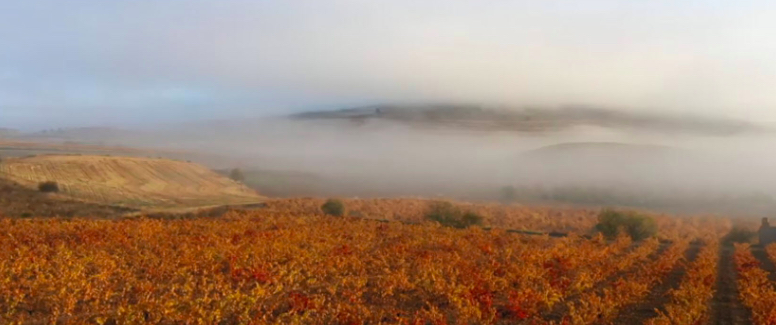
The amount and timing of rainfall has significant impact on grape quality. In excess during the growing season dilutes flavours and increases risk of diseases. On the other hand, regions with a moderate amount of rainfall, complemented by dry periods, often produce high-quality grapes. Many wine regions, such as Bordeaux, have well-regulated irrigation systems to control moisture levels.
Microclimates
Each wine region supports various microclimates which is an opportunity for specialisation. Factors like altitude, water features, and landscape affect growth and development. An example is the Napa Valley, where the Mayacamas Mountains provide shelter and unique microclimates within the valley.
Climate Change
Winemakers must adapt to rising temperatures and shifting weather patterns. Some have changed the grape varieties they cultivate or use innovative vineyard management techniques to combat the challenge.
Grape culture magic blends nature’s gifts, craftsmanship, geography and time. It is a journey that transcends the mere act of drinking. Now let’s explore the history and craft that surrounds this ancient elixir. As you savour a fine wine, you are part of a tradition that has delighted and mystified generations. Wine is one of the most enchanting beverages known to human kind.
Lucilda Stewart
The founder of Stewart Hill Walker UK Limited, Lucilda Stewart has a vision. Already her Orchida Negra (Spain) and Malbec (Argentina) are prestigious SILVER award wines (US Wine Ratings 2023). This achievement is due to Lucilda’s unyielding dedication and the cultivation of a dynamic team.






